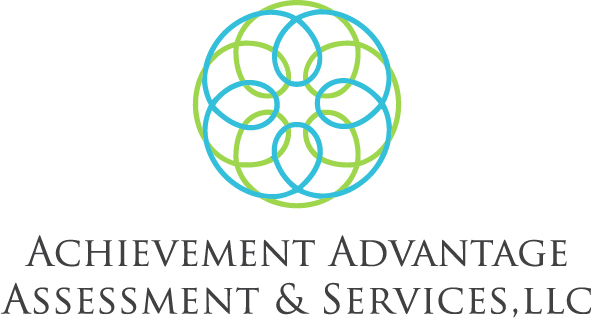As more and more students with disabilities are accessing postsecondary educational options, the need for information and services beyond high school continues to grow. The first step in accessing those services is to understand the similarities and differences in services between K-12 and postsecondary education. The key lies in the laws that regulate those services.
Similarities Between K-12 and Postsecondary Education
The similarity between K-12 and postsecondary educational settings is that all individuals with disabilities are entitled to accommodations. These accommodations are guaranteed under Section 504 of the Rehabilitation Act of 1973 and the Americans with Disabilities Act (ADA) which aim to level the playing field between those with and without disabilities. These laws cover individuals from birth to death, so these accommodations are available to those in all educational settings and beyond.
Differences Between K-12 and Postsecondary Education
Although all individuals with disabilities are guaranteed accommodations in all educational and occupational settings, individuals with disabilities may only receive direct services to address their deficits during their K-12 experience. This is because services for individuals from ages 3 to 21 are also covered under the Individuals with Disabilities Education Act (IDEA). IDEA ensures that those who met eligibility criteria for special education receive direct instruction supports and services to meet goals outlined in their IEP, in addition to any accommodations they may need. This is a higher level of support than what is provided under Section 504 or ADA. In a postsecondary and work settings, only Section 504 and ADA apply, and therefore adults are only promised access to accommodations. There is no requirement to provide specialized services beyond reasonable accommodations. For our adult clients, this can be quite the transition.
Now that we under have established an understanding of the differences between services in educational settings, we will continue to talk about services in the college or postsecondary level.

